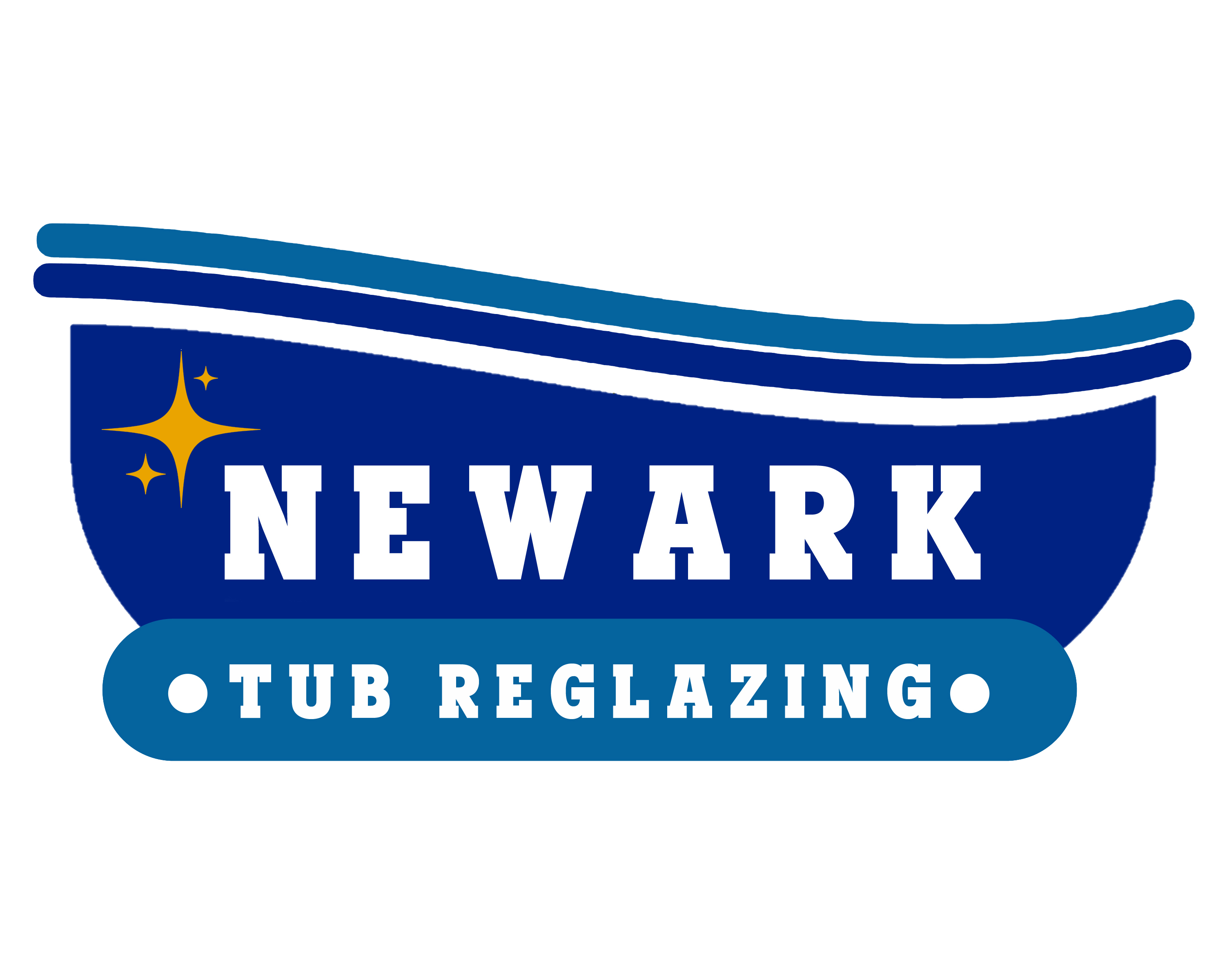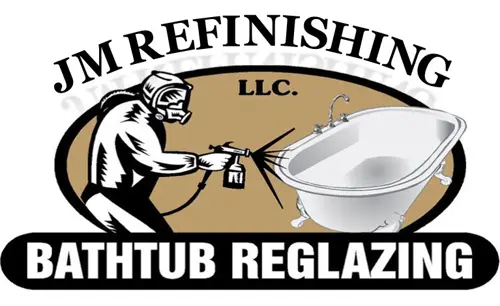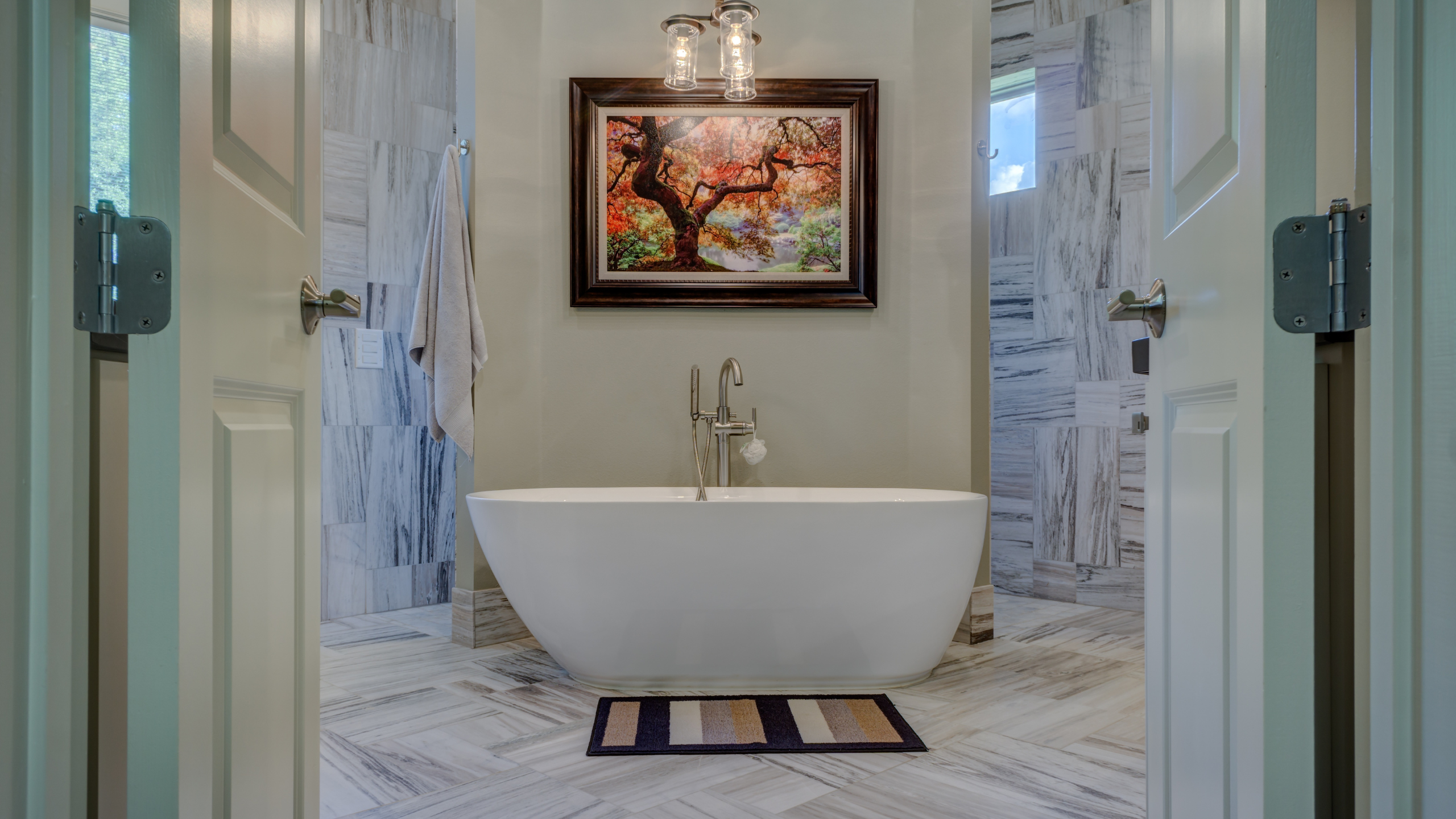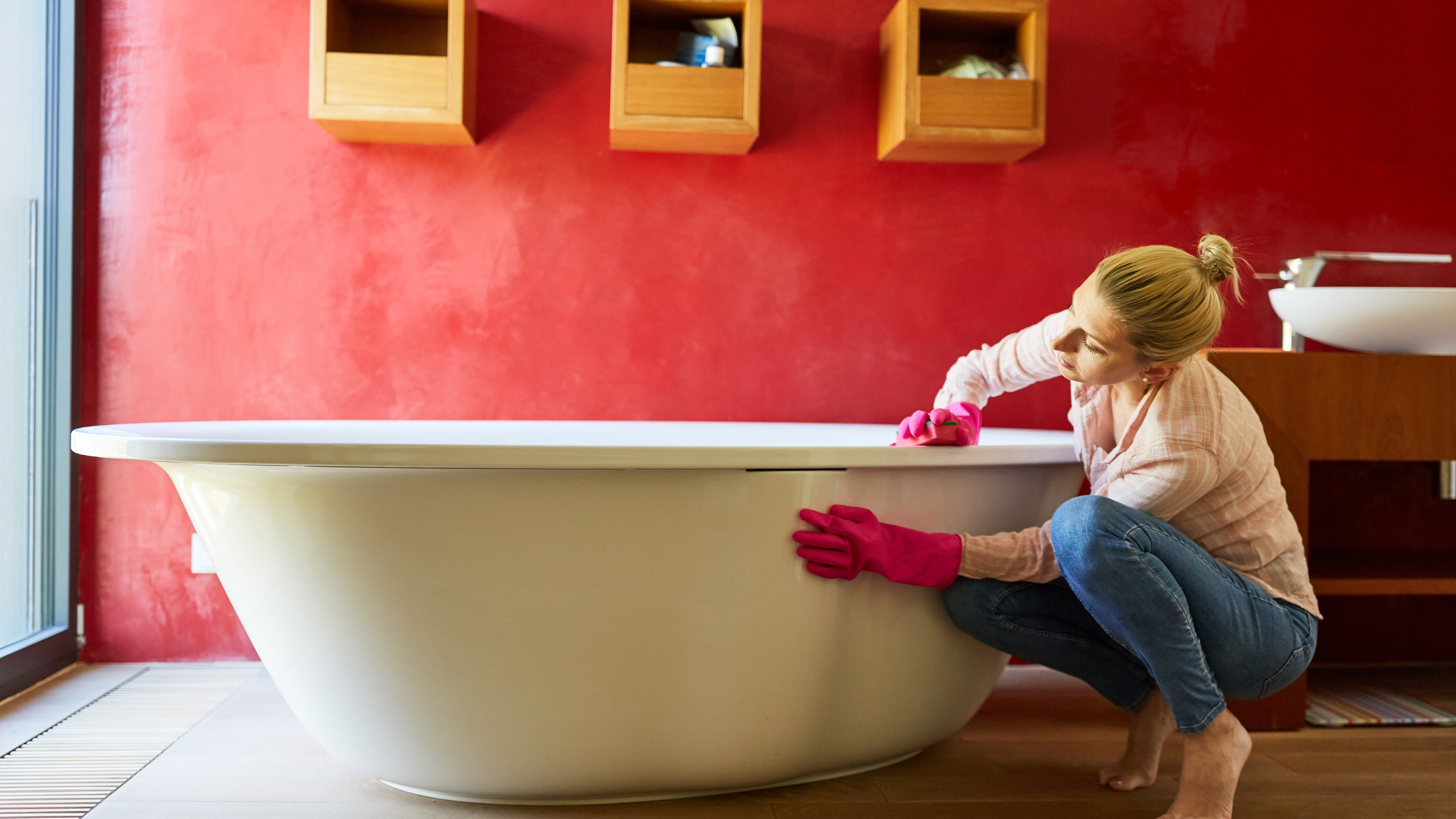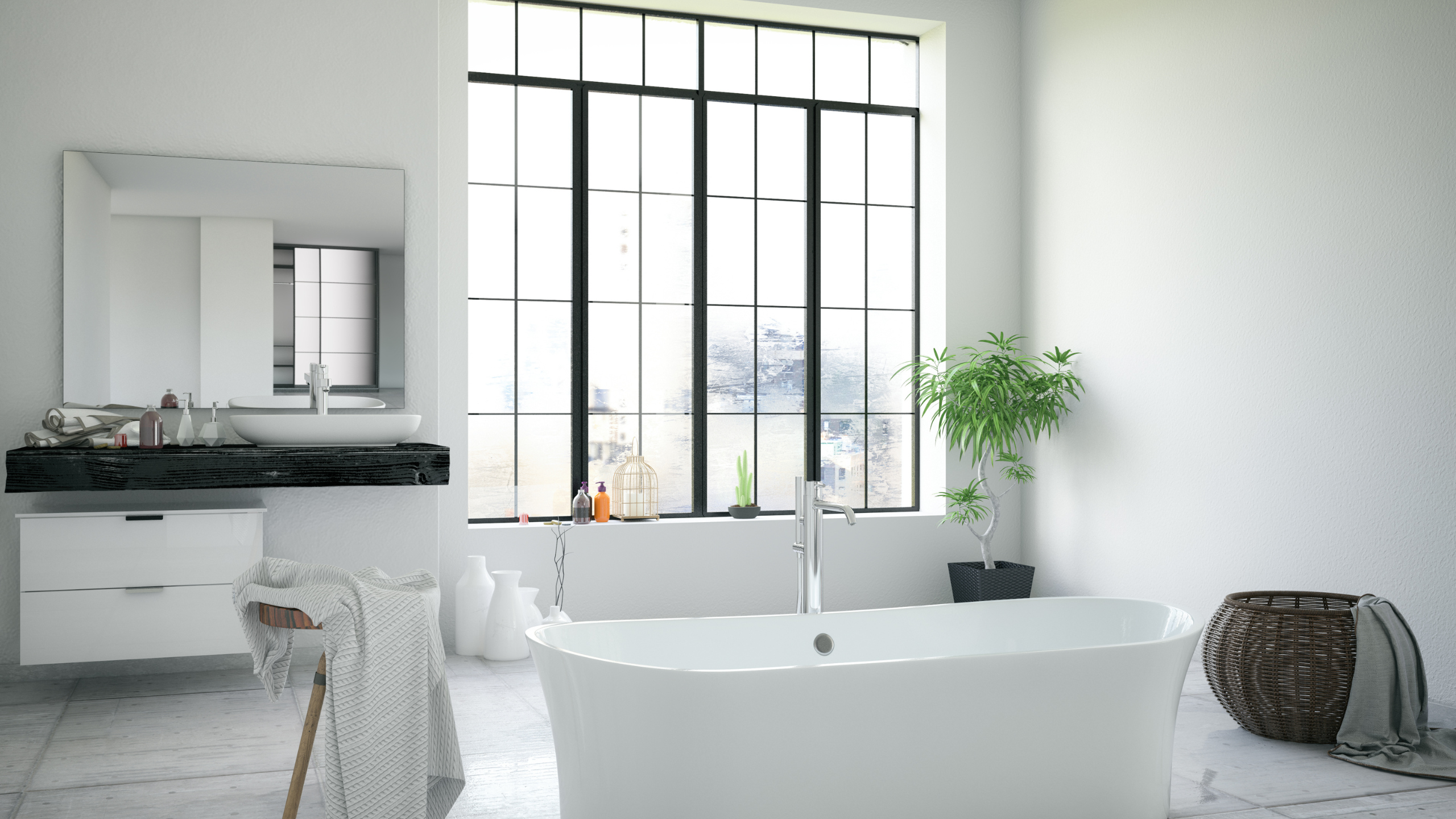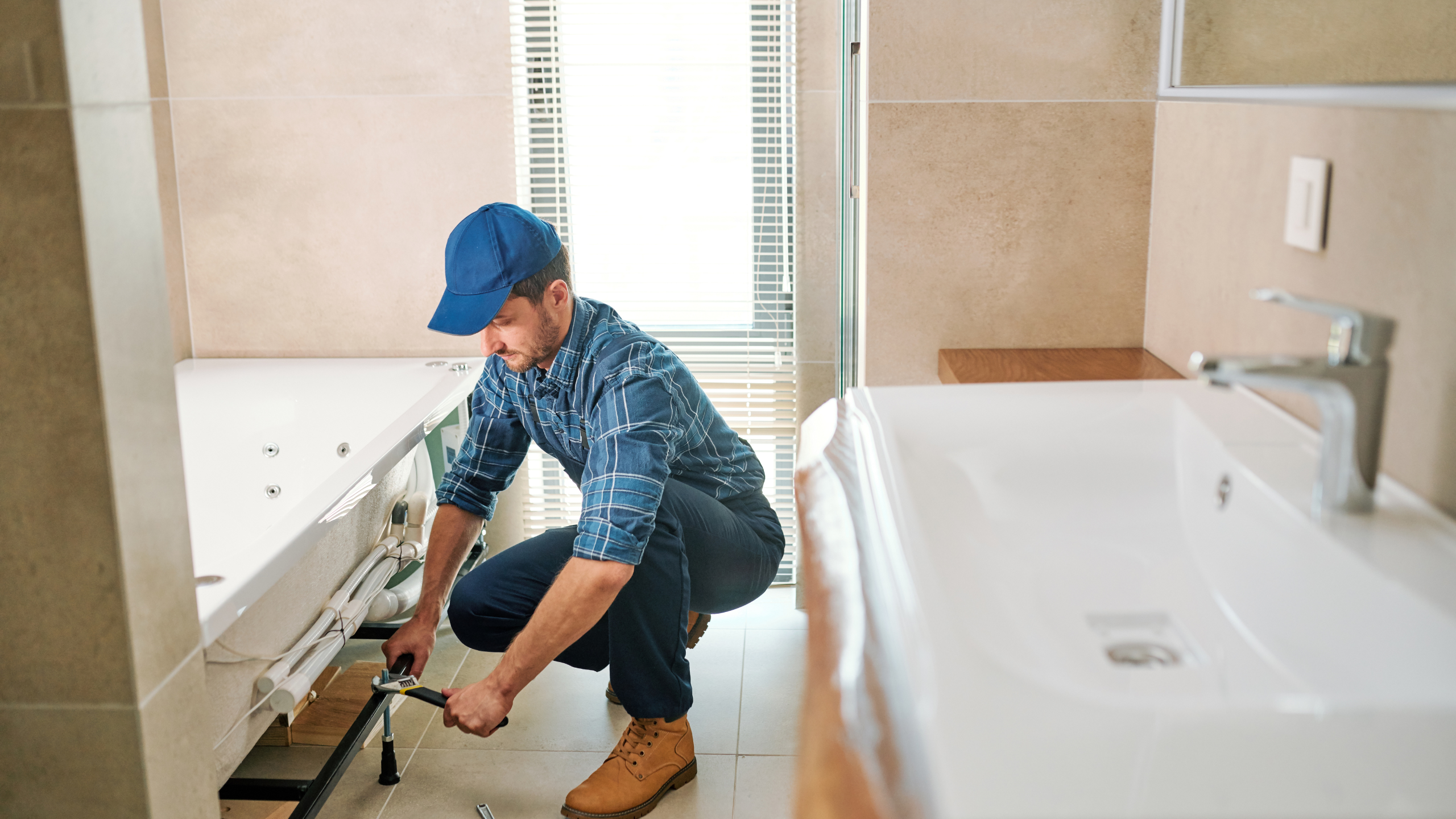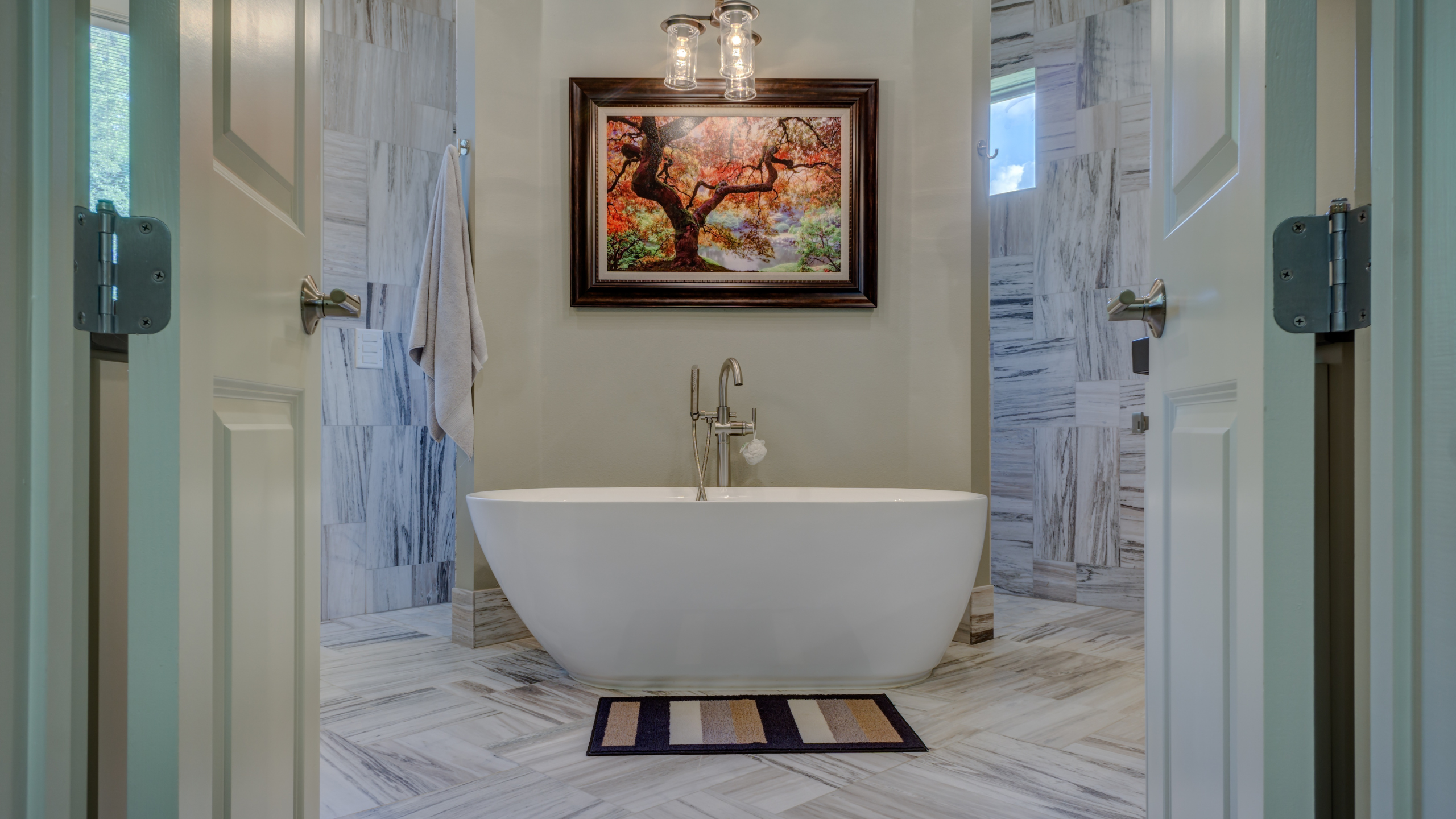Tub reglazing is important when peeling:
Bathtub Peeling May Call for Reglazing: If the paint is clearly peeling, you might need to resurface your bathtub. Peeling patterns frequently appear as a result of poor reglazing of the tub, which breaks the chemical link. Realistically, peeling marks are merely paint softly flaking off the tub; they will only grow worse. If you have kids, it’s crucial to strip and resurface your bathtub as soon as possible to prevent mishaps caused by flaking resurfacing materials or, in some situations, kids ingesting paint particles.
If You Discover Chips:
If you discover chips on your bathtub’s porcelain surface, bathtub glazing might be necessary. Ceramic is so sharp that it will readily chip off pieces. Reglazing your bathtub will take care of any tub-chipping issues you may have. To prevent any rust stains or other surface damage, it is essential to have your tub professionally reglazed.
If the tub has lost its luster, reglazing is required:
If your bathtub has lost its sparkle, reglazing can be the best option. After reglazing, your tub’s surface will have a fresh sheen.
When you can’t get the tub clean, bathtub reglazing is required:
Reglazing your bathtub, if done correctly, is your best bet if cleanliness is a problem. Suppose you were taking a pottery class where you would glaze and fire your creation. Your project will have a shiny, sealed surface, allowing you to clean it or use it for drinking. Reglazing a bathtub becomes necessary when abrasive cleaners are used on the surface over time. Soap scum and debris can easily contaminate porous porcelain that has had its glaze removed. Your bathtub’s outside finish probably still looks the same as it did when it was first applied. Nobody uses abrasive cleaners to scrub their bathtub outside.
When the color of the tub changes, bathtub reglazing is required:
Bathtub reglazing is your best option, providing it is done properly, if your old pink, blue, green, or red tub needs to be replaced.
Bathtub refinishing is the process of restoring an old, damaged bathtub’s surface to its initial, like-new condition. Other names for resurfacing a bathtub include reglazing, re-enameling, and reglazing. Normally, this step include fixing any broken parts. Bondo or another polyester putty is used to repair chips and cracks. After the repairs are finished, an acid etching is used to prepare the surface. Mechanical adhesion is provided via engraving. Tubs made of fiberglass, porcelain, or enamel are non-porous and do not offer a good base for the new coating to adhere to. By etching the surface to make it porous, you can aid in strong adherence. Another option is to prime the surface prior to coating application with a bonding agent that promotes adhesion, such as silane. Both approaches can be used separately or in combination. Combining the two approaches results in the strongest adherence. By depending entirely on silane, certain modern refinishing techniques eliminate etching. The surface must first be prepared before a primer and top coat are applied. While the conventional coating is a catalyzed two-component cross-link synthetic white coating, the bathtub’s original glass-enamel coating was strong and abrasion resistant.
Epoxies, polyester-polyurethane hybrid coatings, and polymers can all be used to create a new bathtub finish. These coatings can be applied with a brush, a roller, or a sprayer.
While it is feasible to repair a bathtub by yourself using DIY kits from hardware stores, some people may prefer to hire a professional service provider who offers bathtub refinishing services. DIY kits sometimes rely heavily on epoxy adhesive, which doesn’t provide the same level of bonding and hastens their degeneration. If professional spray equipment wasn’t used, the final aesthetic outcome can have brush or roller markings.
